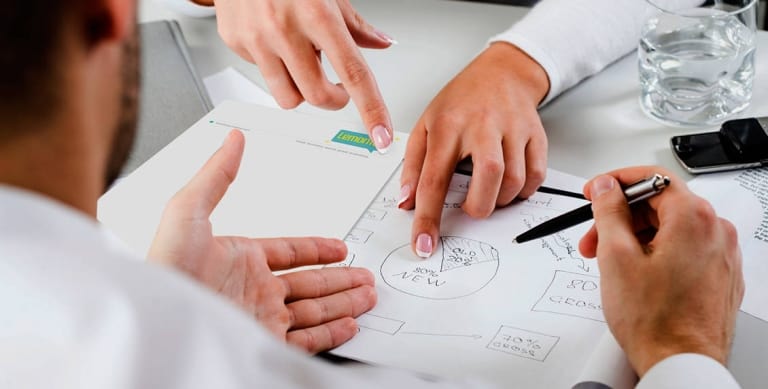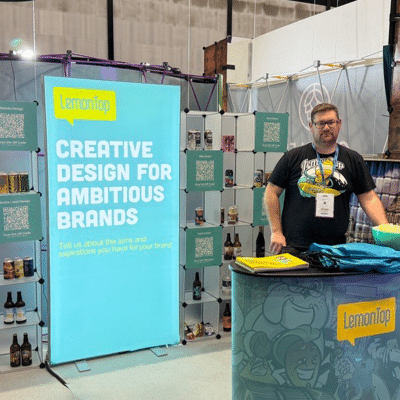In our industry as creative designers, we all at some point have encountered the uninvited person who likes to give their input to the process. The Sales Executive wants you to add his favourite colour. The Head of Marketing thinks the typeface should be changed. The PR Manager says the logo isn’t big enough. Everyone thinks they’re a designer, and in a lot of ways they’re right!
You’ve probably got a lot of pictures in your mind about what a designer does. Mocking up images in Photoshop, sketching out logos and icons, or as a friend of mine always says, “You draw things, don’t you.”
I spent my formative years going through college and university to train in the graphic design field, so how can someone who has never been through this process be a designer? Well, think of it this way. Design is defined in the dictionary as “the creation of a plan or convention for the construction of an object, system or measurable human interaction.” Using this as a basis, today, most of us will have designed the outfit we are wearing, our breakfast, even our route to the office. To simplify it further, design is making a number of consecutive decisions according to a set plan.
Why you need design professionals
Professional designers unify multiple pieces of information and serve as a guide in co-ordinating the flow and use of this information. They must then work out the functionality, application, price and overall impact of this information. Professional designers process the given information and formulate the bigger picture, picking up the most important points and communicating this through visual media.
Visual perception is incredibly important and no matter how much information comes our way, it is difficult to interpret based on numeric values or words alone. Professional designers give you the visuals you need to communicate your concepts, building a solution that can ultimately be shared, used or sold.
Who should participate in the design process?
Everyone with a stake in a product or knowledge of a service can offer valuable insights to help the design process. However, with a professional designer in the driving seat, all of those insights will be brought together to create the bigger picture and build a successful outcome.



